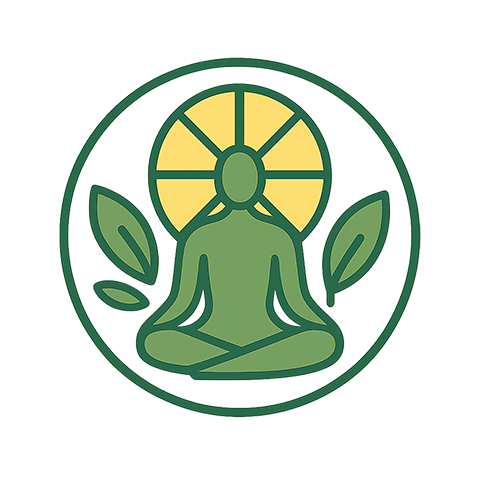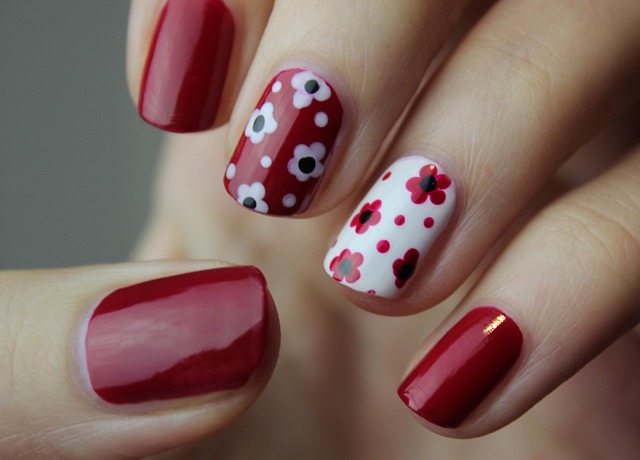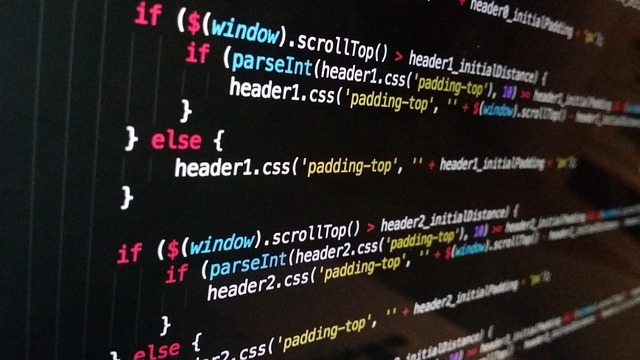In an era where the glow of screens is the rhythm of daily life, the idea of stepping away from digital noise has become a luxury many seek. A spa retreat offers a tangible way to unplug, reconnect, and restore balance to a body and mind saturated by constant connectivity. The word spa evokes images of tranquil pools, soothing treatments, and a sanctuary where technology takes a back seat. This article explores how a spa escape can serve as an effective digital detox, highlighting the tensions between technology and humanity and illustrating the restorative power of intentional disconnection.
The Human-Tech Tension
Modern society is built on a paradox: while technology has made communication, learning, and efficiency possible, it also fosters chronic distraction and stress. Smartphones, laptops, and smart devices are designed to capture attention; notifications arrive in bursts that interrupt focus. Research consistently shows that excessive screen time can disrupt sleep patterns, reduce physical activity, and heighten feelings of anxiety. At the core, these digital habits erode the very human capacity for deep, sustained engagement.
- Attention fragmentation: Constant alerts break concentration into micro‑chunks.
- Sleep disruption: Blue light from screens suppresses melatonin, delaying bedtime.
- Reduced physicality: Sitting in front of a screen is a sedentary habit that affects circulation and posture.
- Social isolation: Digital interactions can feel less authentic than face‑to‑face conversations.
Why a Spa is the Ideal Detox Destination
A spa provides an environment specifically engineered to counteract the mental and physical wear of constant connectivity. The setting, treatments, and ethos combine to form a multi‑layered reset that re‑introduces human rhythm into the body’s systems.
- Ambient design: Natural light, muted colors, and water sounds establish a baseline of calm.
- Therapeutic touch: Massage and hydrotherapy encourage parasympathetic nervous system activation.
- Mindfulness integration: Guided meditation and breathing exercises promote present‑moment awareness.
- Detoxification protocols: Sauna, steam, and body wraps aid in the removal of toxins that accumulate from sedentary, screen‑heavy lifestyles.
Preparing for the Escape
Preparation is as crucial as the retreat itself. Setting intentions, planning logistics, and creating a buffer zone in your daily routine can amplify the benefits of a spa detox.
“The greatest weapon against stress is our ability to choose one thought over another.” – William James
Steps to prepare:
- Device curfew: Commit to turning off notifications and setting a strict “no device” window at least 48 hours before arrival.
- Schedule wisely: Avoid overlapping your spa visit with high‑stress work periods. Plan a weekend or a long weekend for uninterrupted rest.
- Mindful packing: Bring only essentials; leave work files and personal devices behind.
- Pre‑arrival self‑check: Practice a short meditation or journaling session to set a mental anchor for the upcoming retreat.
The Spa Day Experience
The moment you step into the spa, the digital world dissolves. From the reception desk to the treatment rooms, every detail is curated to reinforce presence.
Check‑In and Orientation
Staff greet you with calm smiles, offering a welcome kit that includes a reusable water bottle, herbal tea sachets, and a schedule of activities. The orientation session briefly outlines the day’s flow, emphasizing the importance of leaving phones in a safe, locked space.
Hydrotherapy Sessions
Starting with a gentle hydrotherapy session—perhaps a warm pool or a hydro massage bath—helps relax muscles and opens the body to subsequent treatments. The water’s buoyancy reduces joint stress, allowing for deep muscle recovery.
Massage and Bodywork
A skilled therapist applies a blend of Swedish and deep‑tissue techniques, focusing on areas that have become tight due to prolonged sitting or poor posture. The therapist’s touch acts as a counterpoint to the tactile stimulation of a screen, inviting a body‑mind connection that has often been neglected.
Mindfulness and Breathwork
Following the massage, a guided session of mindful breathing introduces a structured pause. The facilitator encourages participants to focus on inhalation and exhalation, fostering a sense of stillness that counters the rapid information flow of the digital age.
Nutrition and Hydration: Fueling the Detox
Nutrition plays a pivotal role in the recovery process. A spa typically offers a menu centered on whole foods, fresh fruits, lean proteins, and herbal infusions.
- Light breakfast: Oatmeal with berries, almond milk, and a sprinkle of chia seeds.
- Hydrating fluids: Herbal teas, infused water, and electrolyte‑rich drinks.
- Balanced lunch: Grilled salmon, quinoa, and a mixed green salad with a citrus vinaigrette.
- Mindful snacking: A handful of raw nuts or a small serving of hummus with veggie sticks.
By avoiding processed sugars and caffeine, the body can restore natural energy rhythms, preparing it for sustained calm beyond the spa.
Aftercare: Extending the Benefits Home
Leaving the spa doesn’t mean you must immediately re‑enter the digital environment. A structured aftercare plan ensures that the positive changes endure.
- Scheduled tech-free windows: Allocate specific times each day where devices are turned off—ideally during meals and before bedtime.
- Regular movement: Incorporate daily walks, stretching routines, or yoga to counter the sedentariness of screen use.
- Reflection journaling: Spend five minutes each night noting moments of presence, thoughts, and sensations that emerged during the day.
- Support network: Share your experience with friends or family, encouraging them to join in for a collective tech‑free challenge.
Scientific Backing for the Spa Detox
Studies corroborate the restorative effects of spa environments. Research on thermal therapy demonstrates a significant reduction in cortisol levels—an indicator of stress—after sauna or steam sessions. Additionally, massage therapy has been linked to increased dopamine and serotonin production, contributing to mood elevation and a sense of well‑being. When combined with intentional disconnection from digital stimuli, these physiological benefits create a powerful reset.
Conclusion: Reclaiming Humanity Through a Spa Escape
A spa isn’t just a place for pampering; it’s a deliberate space where humanity can reclaim its natural rhythms from the relentless pull of technology. By stepping into an environment that prioritizes presence, touch, and mindful breathing, individuals can interrupt the cycle of digital overload, allowing their bodies and minds to heal. The key lies in integrating these practices into everyday life—setting boundaries, honoring body signals, and choosing moments of stillness over scrolling.
For anyone feeling the strain of constant connectivity, a spa escape offers more than relaxation; it provides a structured path back to human authenticity. In the quiet ripples of a warm pool or the gentle rhythm of a hand moving across skin, we rediscover the essence of being present—a foundational step toward a balanced life where technology serves us, rather than governs us.




